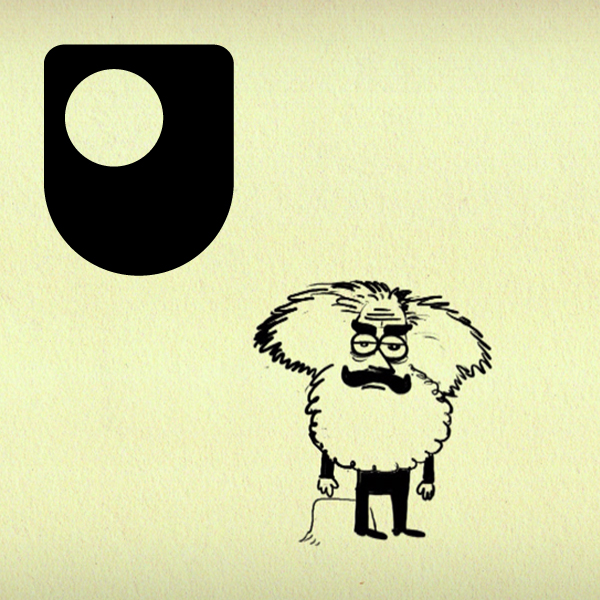 audio icon
audio icon
History & The Arts
Origins of The Cold War
How was The Cold War fought? What types of evidence do historians use to understand the events that took place? The Cold War was a state of political and military tension between the USA and the Soviet Union, along with their respective allies in the Western and Eastern Blocs.
 audio icon
audio icon
History & The Arts
Evolution of human rights
What are the differences between individual and minority rights? How did the League of Nations and United Nations attempt to address the topic of human rights? Right now, we define human rights as the rights to which all people are inherently entitled to as a result of being a human being. From the creation of the League of Nations in 1920 it’s ...
 audio icon
audio icon
History & The Arts
What makes a great speech?
Throughout history great orators have been able to capture a shift in the zeitgeist, and tap into an audience’s emotions. Speeches by John. F. Kennedy and Winston Churchill are considered among the greatest speeches of all time; but what made their speeches greater than the sum of their parts - and how did their structure and delivery manage to...
 audio icon
audio icon
History & The Arts
The Birth of Comedy
Take the topical satire of Have I Got News For You and mix thoroughly with the adolescent humour of The Inbetweeners, add in a healthy dose of Monty Python-esque absurdity and finish off with lashings of songs and dances. Then serve it all up to a baying crowd in an atmosphere more like a football match than a theatre stage. Welcome to the world...
 activity icon
activity icon
History & The Arts
Contesting power through satire
Explore the use of satire from Classical Greece through to 2013 with this interactive timeline.
 video icon
video icon
History & The Arts
Mi'kmaq: First Nation people
Can heritage continue to inform the way we live today? Is it possible to balance traditional ideas with a modern life? The Mi'kmaq people have had roots in Conne River Newfoundland in Canada for generations, but it was only officially designated as a reserve in 1987. Many of its indigenous inhabitants still feel a connection with the past and in...
 audio icon
audio icon
History & The Arts
Regina Jonas: the first female rabbi
Regina Jonas (1902-1944), who is now widely recognised as the world’s first female rabbi, was ordained in Nazi Germany in 1935. However, for many years after her death at Auschwitz, she remained a largely forgotten figure until the discovery of her papers in the early 1990s. This collection explores Jonas’ story, which raises important issues in...
 video icon
video icon
History & The Arts
Veiling: Tradition, Identity and Fashion
Why do Muslim women wear the hijab? How do they reconcile different approaches to veiling between generations, across different geographical regions and in different cultural and social environments? How do they negotiate diverse social and cultural influences, pressures and expectations, legal constraints, practical challenges and fashion ...
 video icon
video icon
History & The Arts
60-Second Adventures in Religion
Ever wondered why Karl Marx thought religion was like Opium - or whether religion is possible without a god? Voiced by David Mitchell, this series of four 60 second animations examines different ways that religion has been viewed by non-religious thinkers. As well as Marx and Dawkins, religion is put under the microscope by thinkers Auguste ...
 article icon
article icon
History & The Arts
What’s the big deal about virginity?
Celibacy has been valued by women and men within many religious traditions. But why has such high spiritual significance been associated with women’s virginity?
 video icon
video icon
History & The Arts
Art history: early modern
The world of the early modern period (C10th - C16th) was one of religious obsession, power struggles and plunder. But it was also a world of stunning artistic endeavour. This collection shows how, encoded in the art and architecture of the time, you can find stories of political machinations, female influence and surging movements of people. ...
 video icon
video icon
History & The Arts
Art history: C17th to C19th
This collection transports you to Europe of 1600 to 1850. Many of the foundations of European culture were being laid: commerce, arts institutions, art displays, terraced houses … even tattooing. Things we now take for granted in the fabric of our lives. Yet here we glimpse them through the eyes of a society for whom they weren’t yet set in ...